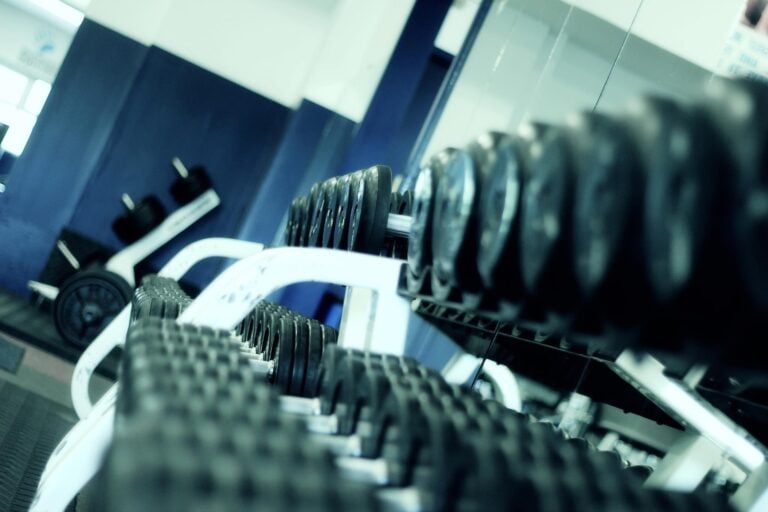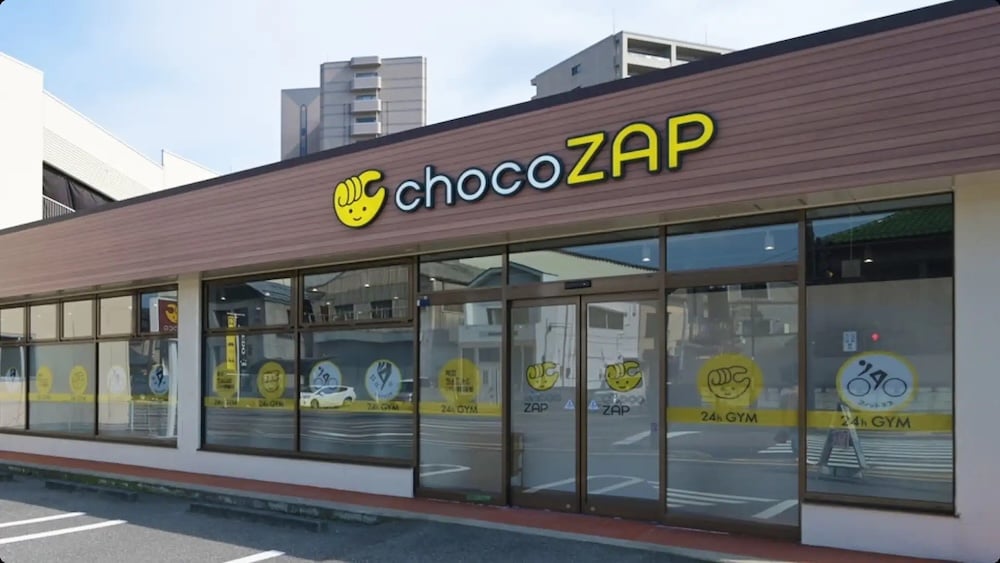
As everyone knows, it’s obligatory to fool yourself into thinking that you’ll be a gym rat in January after gorging yourself on all the treats that you could hope for in over the festive period.
Today, let’s delve into the world of gyms in Japan. The culture surrounding gyms is a bit different to that in the West, so this article will fill you in on everything you’ll need to know for when you move here.
Differences in Culture
The gym-rat culture is quite strong in the West. All the talk is of gains and most people would throw up at the very idea of doing cardio. In my opinion, Japan is a tad different. Maybe because being slim is valued more here than muscly, I don’t notice the same obsession with gains here as in the West.
The diet also might have something to do with this difference. Japanese food doesn’t contain a huge amount of protein. Meat isn’t devoured in the same way as at home. As such, it might be the case that people here just don’t care as much about being the biggest bro in the town.
Of course, this is a generalization, and you’ll find examples of big Japanese people who meet the idea of a Western gym bro, but I think that it’s not as common.
The other major cultural difference is that people are extremely considerate in gyms here. I don’t find so much machine hogging as in the West, and people are so much more willing to wipe down after themselves. There’s also barely any throwing of weights which is a nice change!
Some Popular Gyms
There are a variety of gyms here to choose from. One of those that might be familiar to you is Anytime Fitness. In Japan, you can expect to pay 7,500 yen per month for a membership. When you sign up, you’ll probably find yourself spending a few thousand on a sign-up cost and an upfront on your key fob. However, there always seems to be some kind of offer on both of these, so I don’t think it’s likely that this would end up being much after all is said and done.
Another popular brand is Choco Zap. What a great name! Zap all that chocolate away. These are popping up all over at the moment, and they’re very reasonably priced at a touch over 3,000 yen per month. The same thing applies about sign-up costs. I will say, from what I’ve seen Choco Zap branches are generally good for cardio and machine-based weight training, but not for free weights. For that, Anytime Fitness seems to be better.

There is also a huge variety of local gyms that might have only 2 or 3 branches. Among these smaller chains, you can often find 女性専用 women-only gyms. I often find these are often priced the same as Anytime Fitness.
Aside from the chains, a super cheap option that might take your fancy is your local 市民会館 Civic Centre. These tend to be old and run-down buildings where there are a variety of meeting rooms, halls, and more often than not, a gym. The one in my area is straight from the Showa era, but it has all the equipment you need to have a decent workout. My local one only costs 2,000 yen a month, and there are no sign-up costs associated. This makes it by far the cheapest option and one many of my expat friends choose to do.
What Will You Need To Sign Up
You’ll likely need proof of residence (在留カード), another form of ID, and a credit card. They’ll likely ask you for an 印鑑 to sign off on any forms you need to, but I often find a handwritten signature is also fine. You might want to take a Japanese friend to the gym with you when you sign up because the wall of kanji you’ll be hit with in the contracts might be a bit daunting.
Vocabulary You Might Need
| Japanese | Romaji | English |
|---|---|---|
| ジム | Jimu | Gym |
| トレーニング | Toreningu | Training |
| ウェイトトレーニング | Ueito Toreningu | Weight Training |
| 有酸素運動 | Yuusanso undou | Cardio |
| フリーウェイト | Furī Ueito | Free Weights |
| マシン | Mashin | Machine |
| レップ | Reppu | Repetition |
| セット | Setto | Set |
| ウォームアップ | Wōmu Appu | Warm-up |
| クールダウン | Kūru Daun | Cool Down |
| ストレッチ | Sutorecchi | Stretch |
| パーソナルトレーナー | Pāsonaru Toreinā | Personal Trainer |
| ダンベル | Danberu | Dumbbell |
| バーベル | Bāberu | Barbell |
| プルアップバー | Puru Appu Bā | Pull-up Bar |
| ランニングマシン | Ran’ningu Mashin | Treadmill |
| サイクル | Saikuru | Stationary Bike |
| ユーザーガイド | Yūzā Gaido | User Guide |
| ボディマッサージ | Bodi Massāji | Body Massage |
| 腕 | Ude | Arms |
| 腹筋 | Fukkin | Abdominals (Abs) |
| 肩 | Kata | Shoulders |
| 背中 | Senaka | Back |
| 脚 | Ashi | Legs |
| 筋肉トレ | Kinniku Tore | Muscle Training |
To be honest, most of the terms you’ll need to get on in a gym in Japan are foreign loan words, so you just need to say the English in a Japanese-y way. Nevertheless, the table below might help you get on In the gym when you first start.
Final Things To Consider
Tattoos are still not widespread in Japan due to their association with the yakuza. Even if you have a butterfly on your wrist, which clearly isn’t yakuza-esque, you’ll probably want to cover it up at the gym. I find that younger Japanese people don’t care too much, but the older generation tends to stare if you have your tattoos out in public.
You’ll need a pair of indoor training shoes that have never touched the ground outside. In Japanese gyms, you typically put these on in the changing room. If you don’t have a pair of exclusively indoor shoes, you can probably get away with scrubbing any pair you have, but make sure they’re spotless if you choose to do this.













